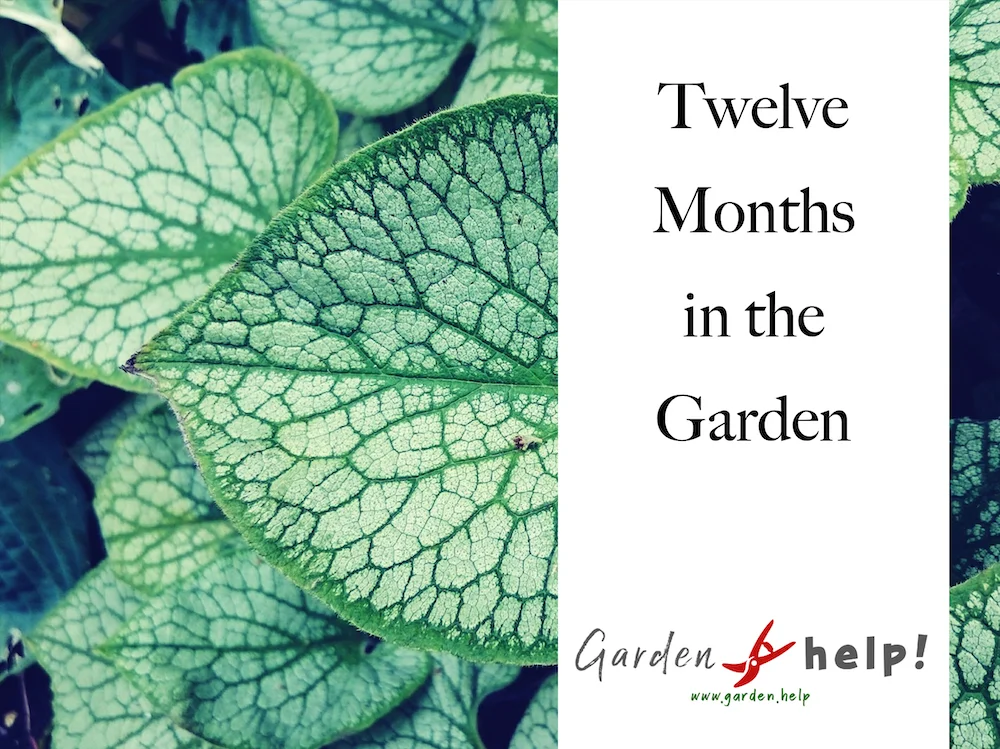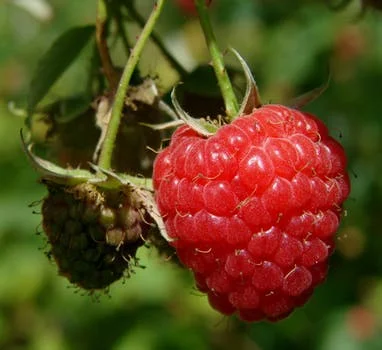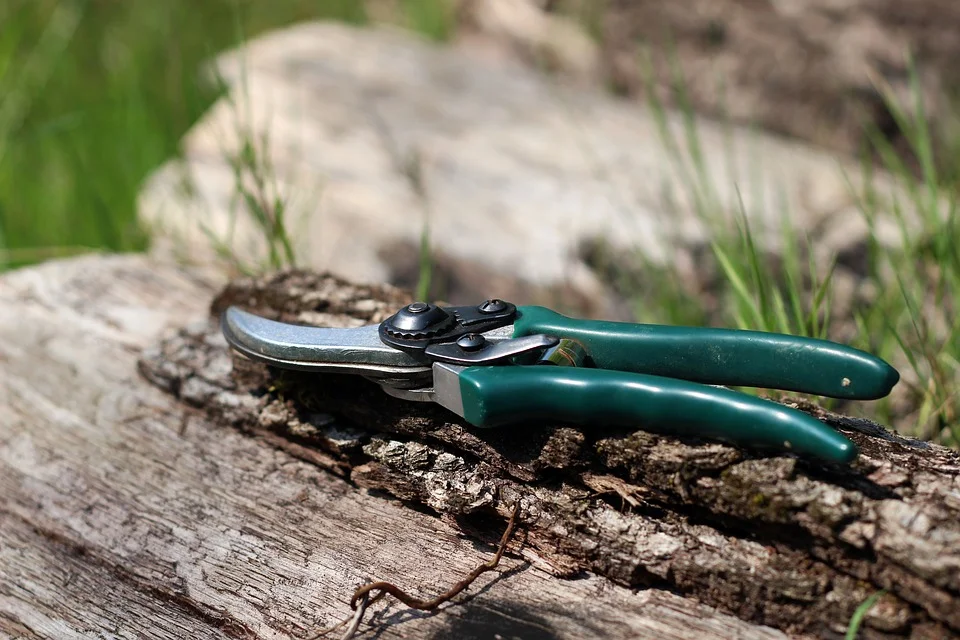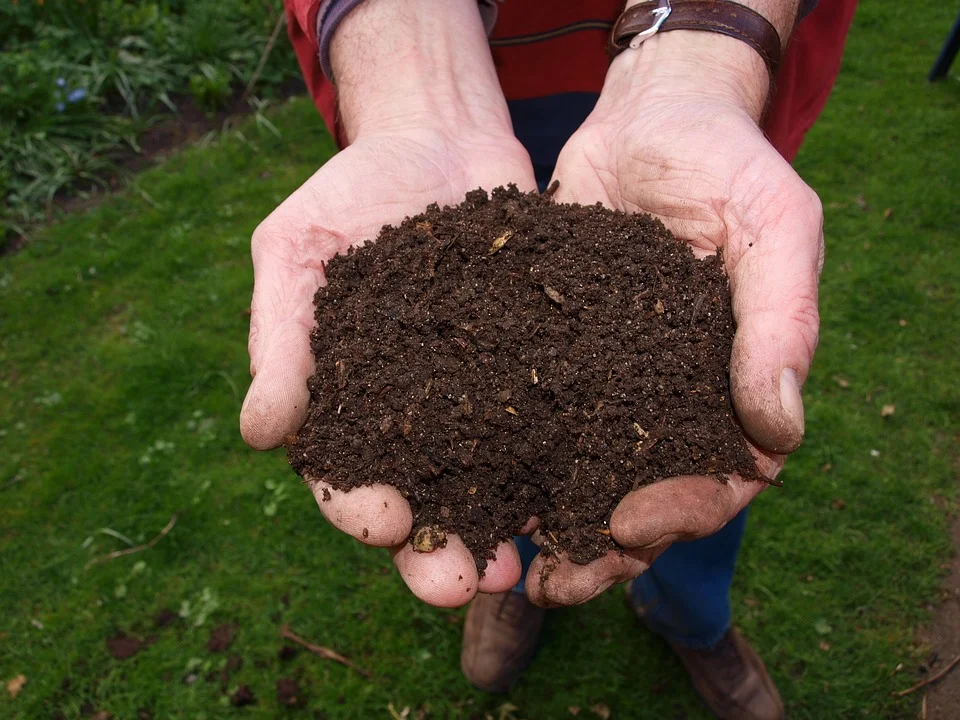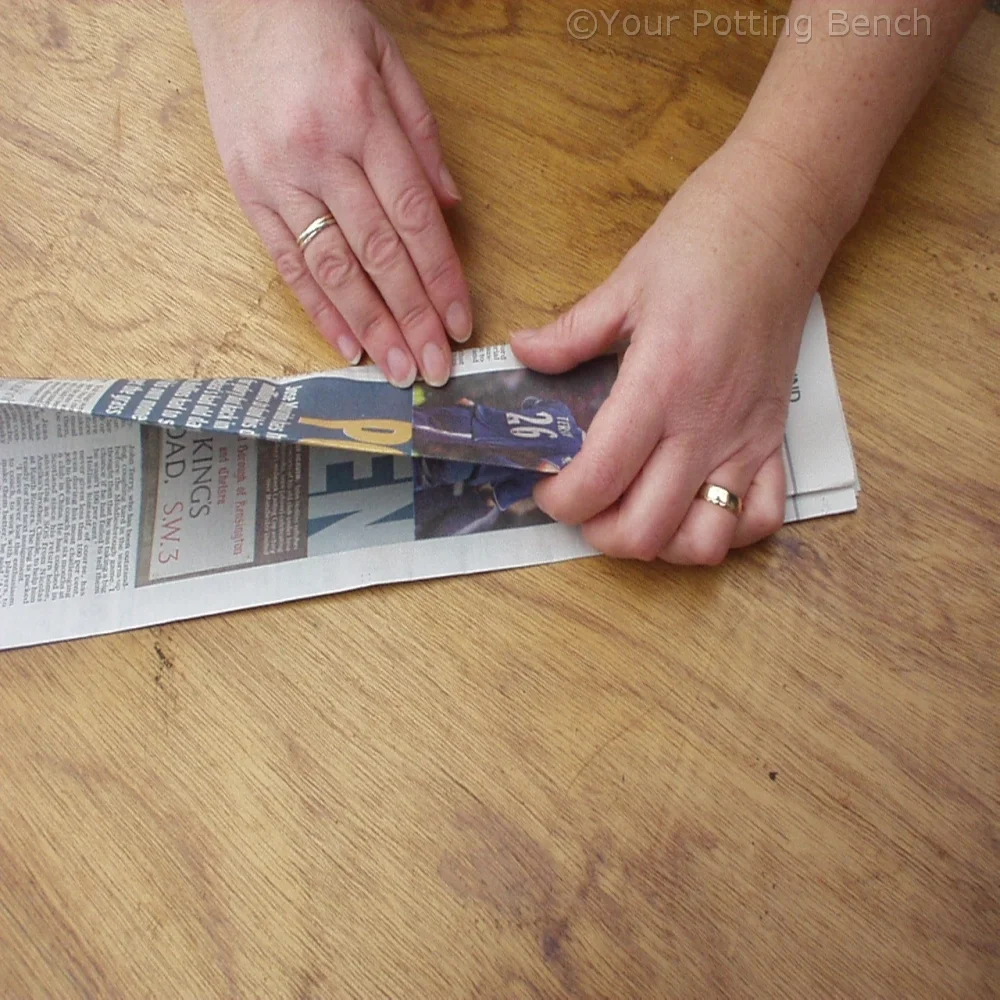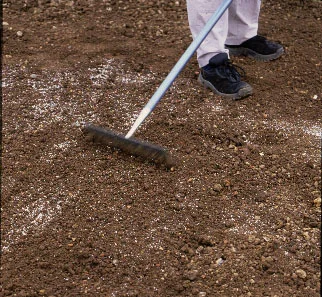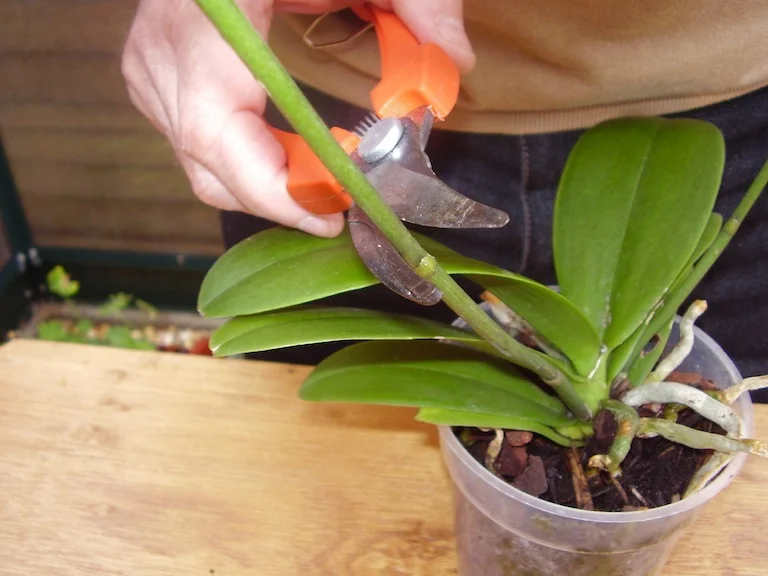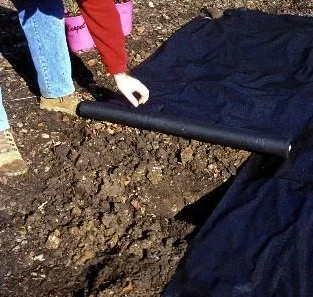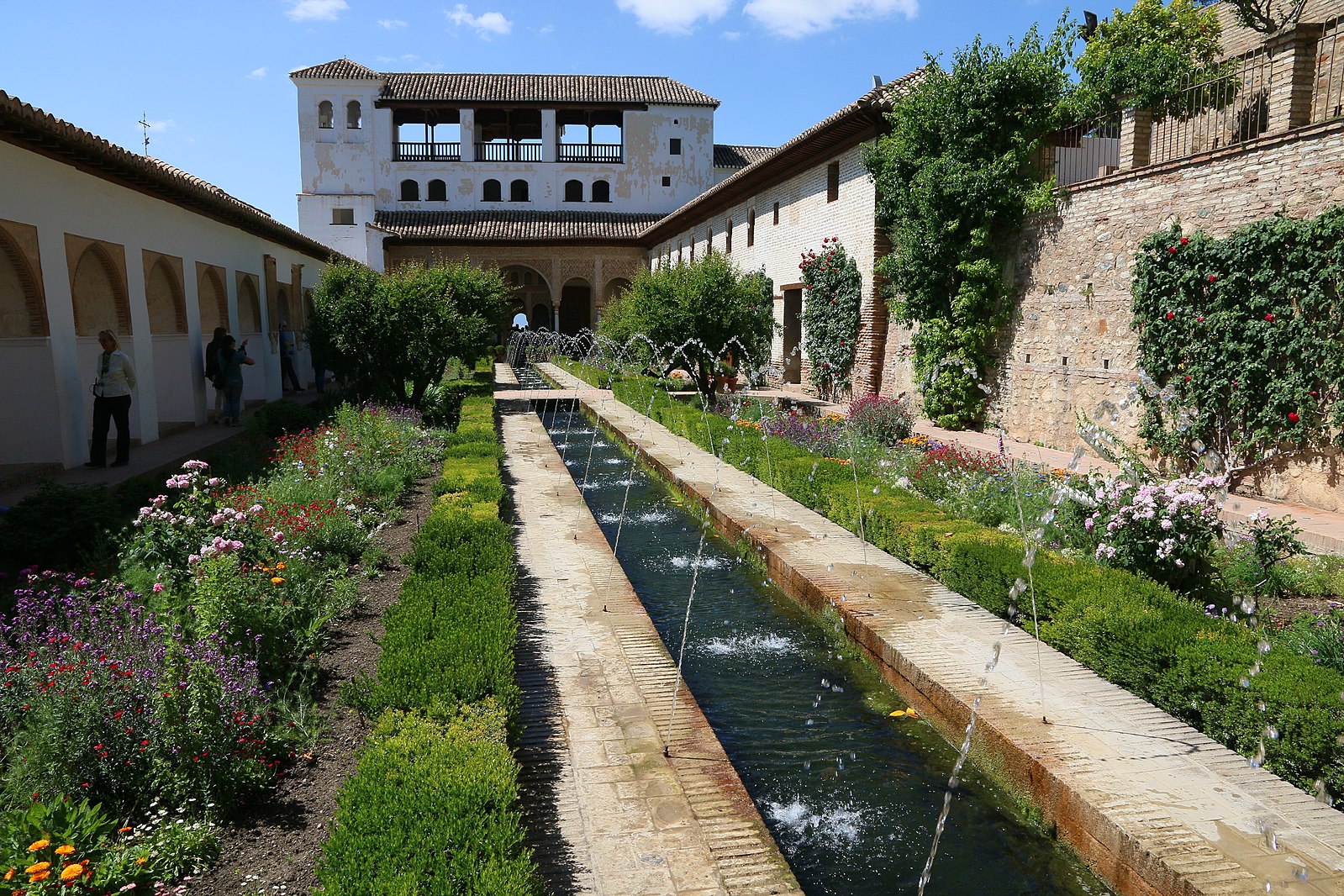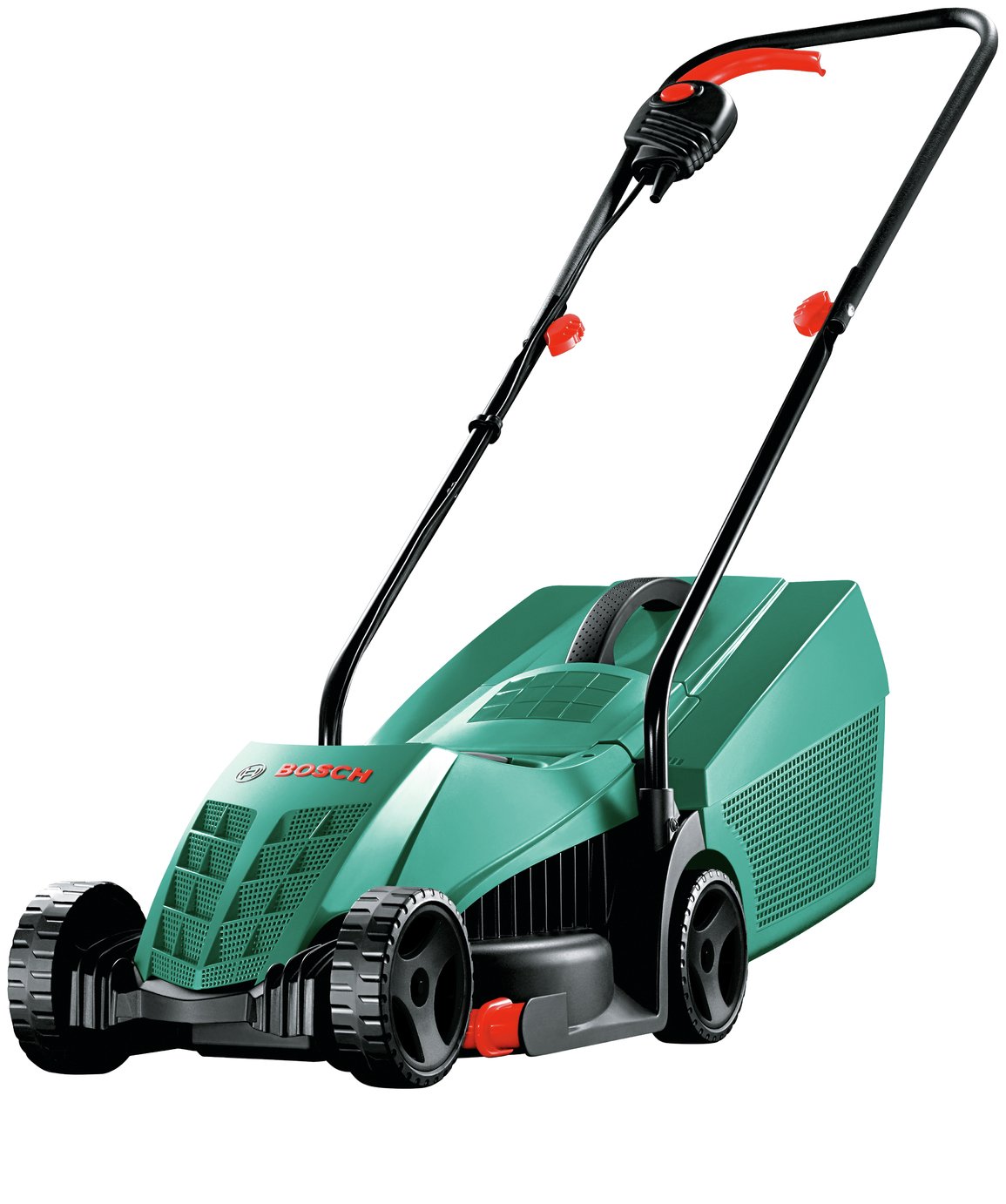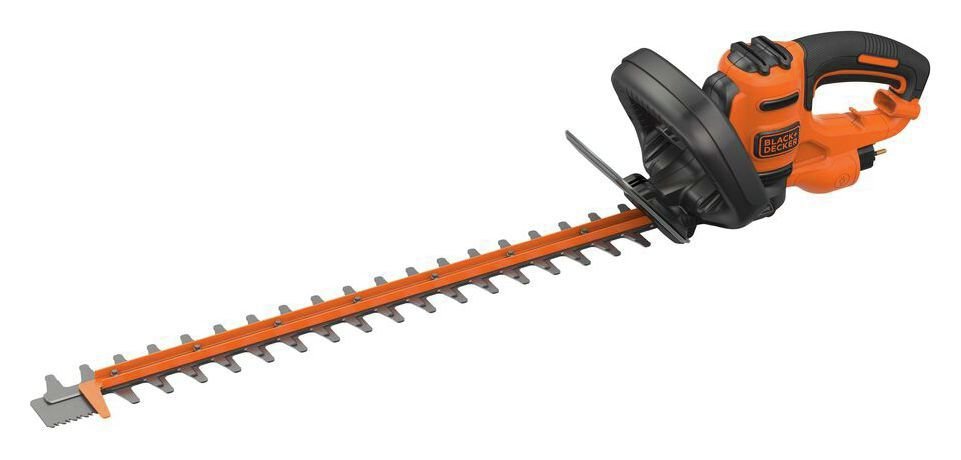Home > Question >
How can I stop my clematis getting powdery mildew?
Our Advice:
Spray affected growth with Systhane Fungus Fighter from Bayer or Fungus Clear Ultra from Scott's, but mildew indicates the plant is too dry, so keep it well watered and mulch to keep the roots cool.
Here are some related questions:
Not what you are looking for?
If you can't find what you are looking for on the website then you can ask one of our experts. To get in touch with us Click Here
We will try to get back to you with an answer as soon as we can.
Here is some more information for you:
Clematis: Overview
Clematis is a genus of flowering vines and shrubs in the Ranunculaceae family, native to many parts of the world including Europe, Asia, and North America. These beautiful plants are known for their large, showy flowers that come in a wide variety of colours and shapes. They are popular with gardeners and landscapers for their ability to add vertical interest and colour to a garden.
Clematis: Characteristics
Clematis plants come in a range of sizes, from small shrubs to large, climbing vines that can reach up to 20 feet in height. The flowers are typically large and showy, with petals that range in shape from narrow and pointed to rounded and frilly. The colours of the flowers can also vary widely, from white and pale pink to deep purple and red.
Clematis: Cultivation
Clematis plants prefer well-drained soil and full sun to partial shade. They require support to climb, such as a trellis or fence, and should be planted at a depth of 2 to 3 inches below the soil surface. Clematis plants are heavy feeders and should be fertilised regularly during the growing season. They also require regular watering, especially during periods of drought.
Clematis: Pruning
Clematis plants should be pruned regularly to promote healthy growth and abundant flowering. The timing and method of pruning can vary depending on the variety of clematis and the climate in which it is grown. Generally, clematis plants should be pruned in the late winter or early spring before new growth begins. Dead or damaged wood should be removed, and the remaining stems should be trimmed back to just above a pair of healthy buds.
Clematis: Uses
Clematis plants are primarily grown for their ornamental value and are often used to add vertical interest to a garden. They can be trained to climb up walls, fences, and trellises, and are often grown in containers as well. Some varieties of clematis are also fragrant, making them a popular choice for cut flower arrangements.
Clematis plants are a beautiful and versatile addition to any garden. With their large, showy flowers and ability to climb and vine, they provide a wide range of uses and are popular with gardeners and landscapers worldwide.
Did you find this answer useful? Subscribe to our newsletter for gardeing news, projects, special offers and competitions.
Ask another gardening question:
Learn More About Pests and Diseases
Gardening Projects for May
